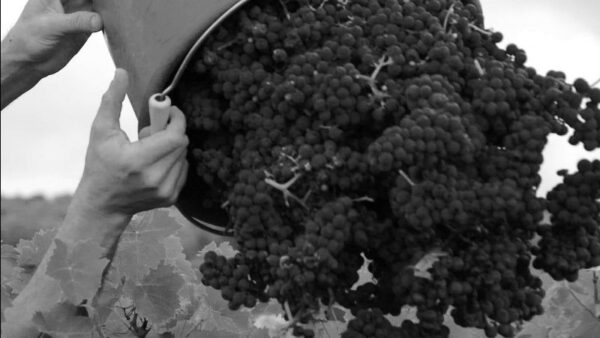
If you love the world of wine, there’s no corner of its territory that’s without interest – not a single one you wouldn’t care to explore if you had the time and pocket money. A field of vines set in orderly array has the same aesthetic appeal wherever it’s found, yet every vineyard is somehow one of a kind, too, with its very own topography, geology, and ampelography — if you care to learn it.
I admit to being so smitten with this aspect of wine that I find it hard to focus attention on a single place, grape, or winemaking approach for long. A card-carrying monogamist in marriage, I’m a serial philanderer when it comes to wine.
But that doesn’t mean I don’t have my preferences. For a very long while now I have cherished a fondness for the wines of France’s Loire Valley that even surprises me at times. I trace it back to a moment when we were in Paris for a few weeks every winter. Our game then was to suss out ambitious youngsters who had trained in and then left starred establishments to take their first solo steps in charming little bôites decorated on a dime, where the the service was iffy but the dishes were cunning and delicious in that perfect French way.
Early on, we noticed something interesting about the wine lists in these modest spots: they were heavily reliant on Loire varietals: Chenin Blanc, Sauvignon Blanc and Cabernet Franc. To keep in tune with the prix fixe menus that were always a key feature, they were low in price, high in value. Tasty, satisfying and above all versatile, they turned our heads. Back home we tried hard to apply what we had learned and little by little our cellar began to take on a Loire-ish bent.
In the intervening years, prices have gone up, but so has quality – and interest. Many young winemakers have found a home here, fired with enthusiasm for organic/biodynamic farming and for experimentation with some of the region’s lesser-known varietals like Folle Blanche, Pinot d’Aunis, Cot and Grolleau.
Glance at a map of the region and you might begin to suspect that Loire-ish identity is a product of the imagination. It’s that thin blue line on the map that seems to make Sancerre the head and Nantes, on the Atlantic coast, the tail of one very long dog, when in fact, it’s a pack of hounds — 87 distinct appellations.
The soils and weather are certainly at odds, with the east end (Sancerre, Menetou-Salon, Quincy, Reuilly, and Pouilly) perched at the outer edge of the Paris basin on the same sort of cretaceous limestone that’s found in Champagne and Chablis and with a continental climate, while at the western extremity the soils are granitic, the atmospherics decidedly maritime. Between these, the variations are almost too many to enumerate.
All those tour promotion photos of turreted, fairyland chateaux glistening in the sun make it easy to lose sight of the region’s startlingly high latitude – very close to 47 degrees along the river’s entire length. Nantes, the home of the brisk, dry, saline white known as Muscadet, is perched rather higher than Quebec City. At the river’s eastern extremity, the villages of Sancerre and Pouilly-Fumé — known for benchmark Old World Sauvignon Blanc — lie a couple of degrees north of St. John’s, Newfoundland.
It’s latitude, in part, with the accompanying variation in diurnal and nocturnal temperatures, that keeps the acidity brisk in the whites here and flecks the Cabernet Francs of Chinon, Saumur-Champigny, and Bourgeuil with those herbal and vegetal notes that give these red wines a distinctive accent. Perhaps it’s here that an answer to our conundrum lies – but honestly, who knows?
Many of the restaurants we discovered in Paris years ago are shuttered now, like dear little Jules on the Rue Jean-Jacques Rousseau near the cookware store Dehillerin, where Balzac and Rossini (a celebrated gourmand) might have shopped. But what we learned there continues to pay dividends . . . and keeps us loving the Loire.